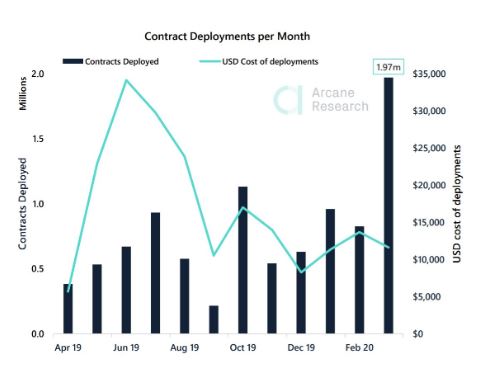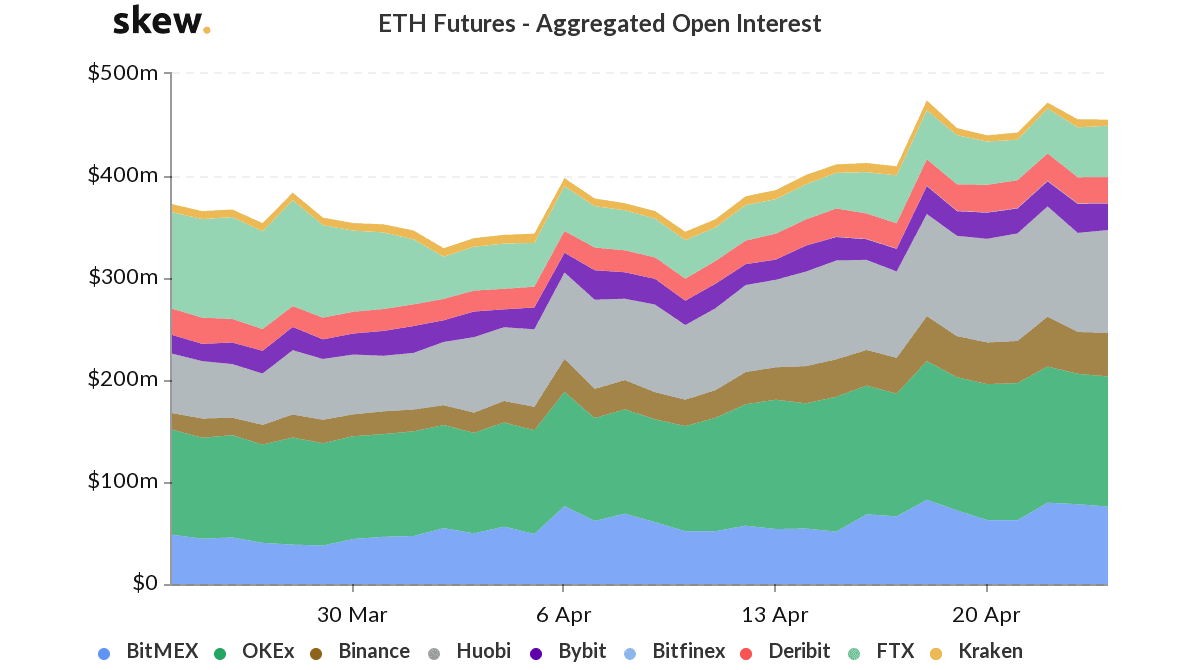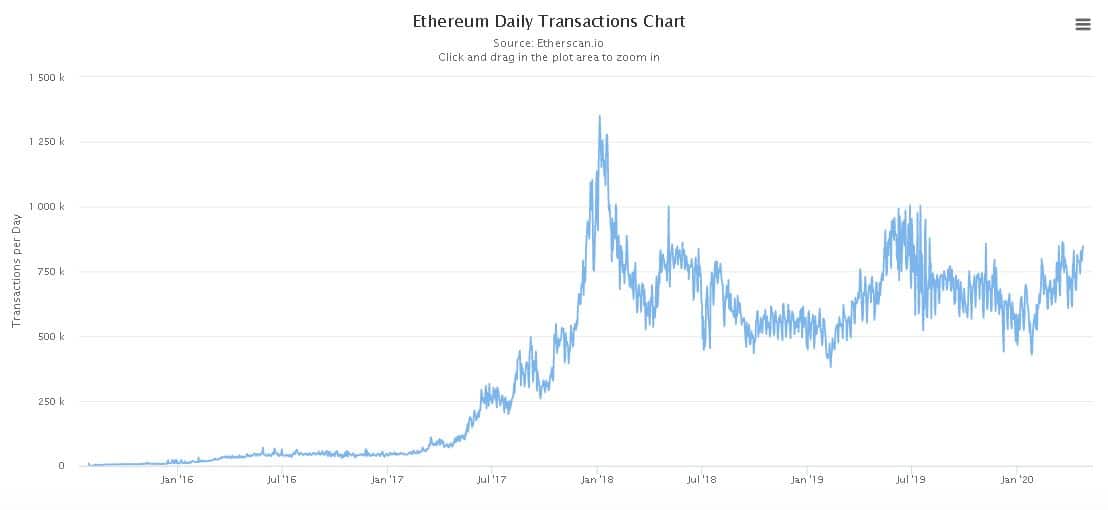April has put forward a burst of positive development for the largest altcoin asset, after a forgettable March for Ethereum.
After falling all the way below $100, Ethereum is currently staying just under $194, and over the past week, a number of developments have been identified that would raise the general consensus of the community.

According to Arcane’s weekly update, it was indicated that the number of smart contracts that were deployed during the month of March was highest in the past year. The statistic is rather surprising considering last month was very difficult for ETH.
Data from Dune Analytics indicated that the number of smart contracts reached more than 2 million in the ecosystem. The last time more than a million smart contracts were deployed on Ethereum was back in October, but the figure was half of what it was in March, closing at around 1.2 million. Growth in smart contracts is a positive scenario from the perspective of Ethereum, as it may suggest that more users are using these mechanisms in the evolving DeFi ecosystem.

Fundamentals have also begun to improve across ETH futures, with major exchanges indicating a steady increase in Open-Interest over the past 30 months.
Are those improvements substantial or superficial?
Now, it will be wrong to undermine the progress of Ethereum, but it is important to take note of other statistics as well.
Even though the number of smart contracts increased according to etherscan.io, it was found that the number of daily transaction counts did not change much in the charts. Since the beginning of February, the levels have been at a standstill, which means that the smart contracts deployed are not being used or used in terms of user engagement in the community.

Arcane’s report also suggested that despite high activity in the deployment of smart contracts, the value of ETH spent on implementing those contracts was relatively low at $11,000 USD. In comparison, the costs of deployment had risen to $34,138 in June 2019, and the contracts deployed at that time were less than 800,000.
Although the positive ones are obvious, it is fair to say that it would be early to jump on the Ethereum bandwagon without another month of substantive data. With bitcoin-only halving 15 days away, the collective industry could have entered a significant state of change, and ETH’s positive could have been invalidated in that period of time.

